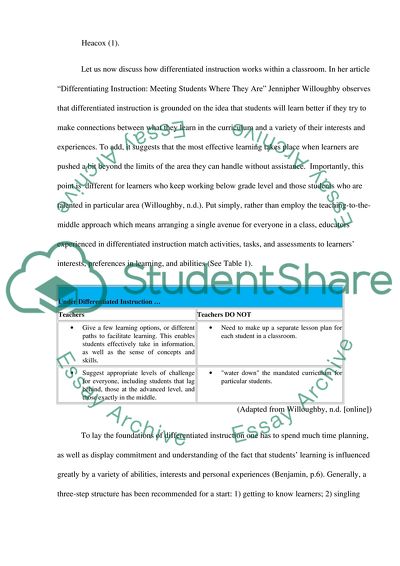Cite this document
(“Differentiated Instruction and Universal Design for Learning Essay”, n.d.)
Retrieved from https://studentshare.org/education/1584730-educational-essay
Retrieved from https://studentshare.org/education/1584730-educational-essay
(Differentiated Instruction and Universal Design for Learning Essay)
https://studentshare.org/education/1584730-educational-essay.
https://studentshare.org/education/1584730-educational-essay.
“Differentiated Instruction and Universal Design for Learning Essay”, n.d. https://studentshare.org/education/1584730-educational-essay.


